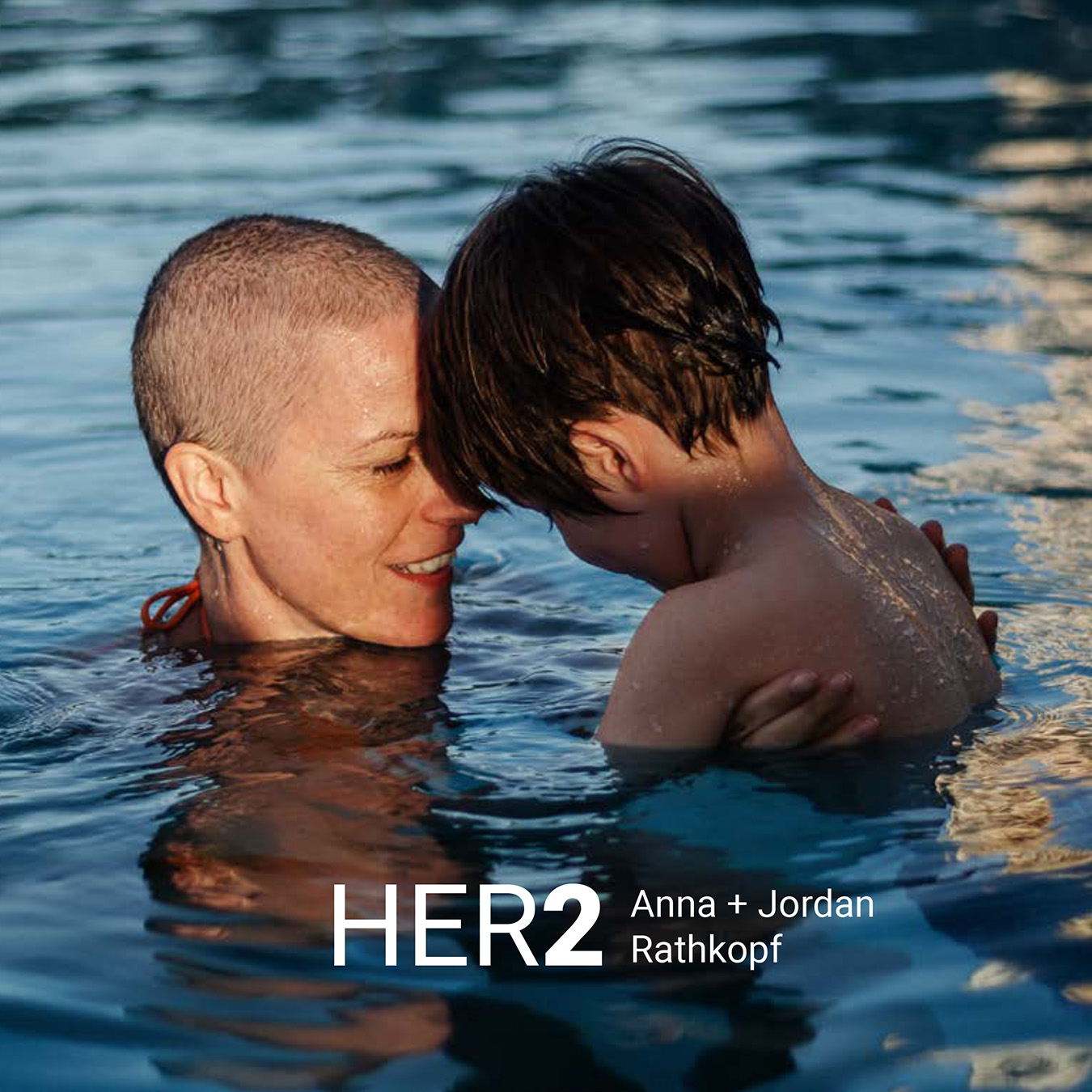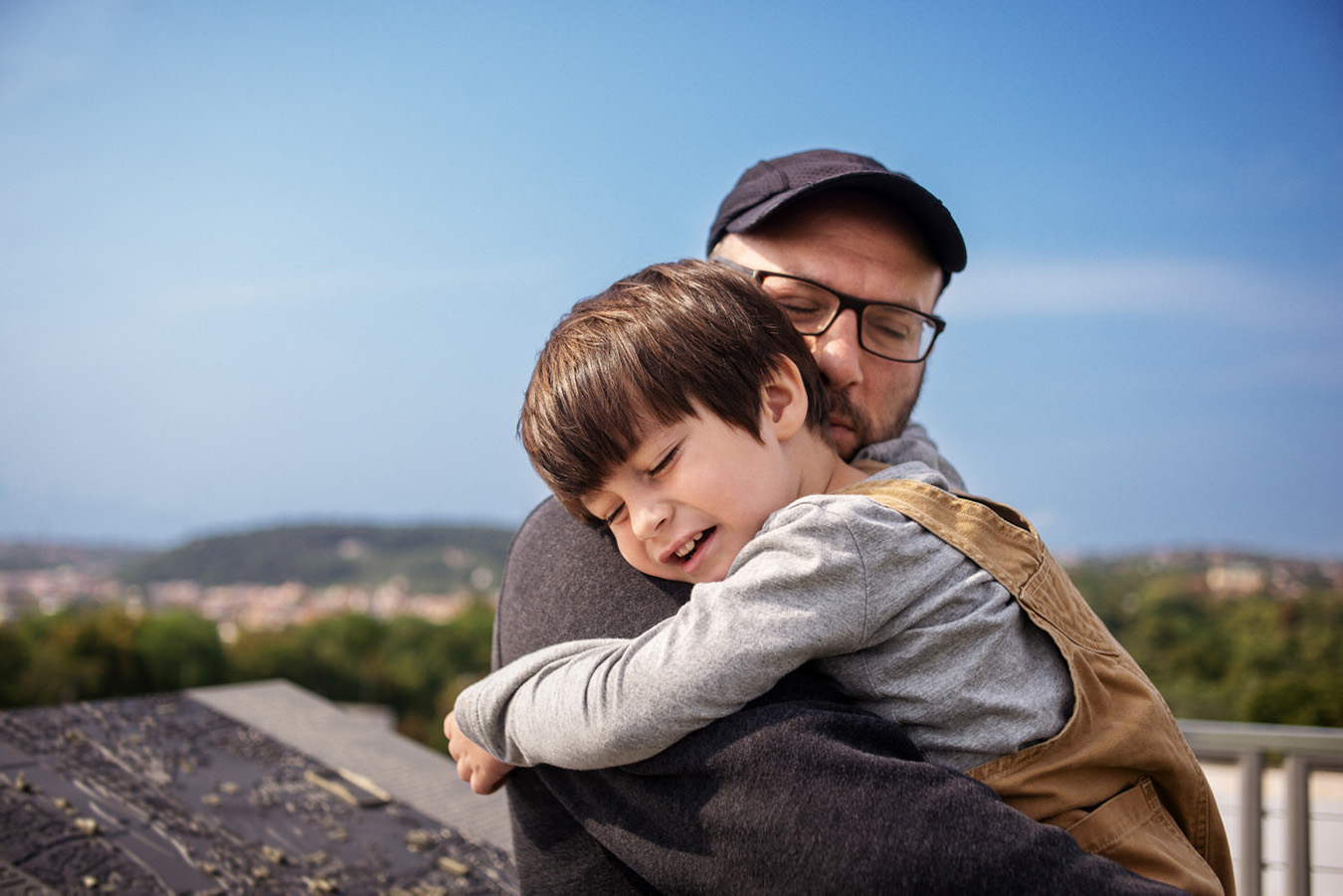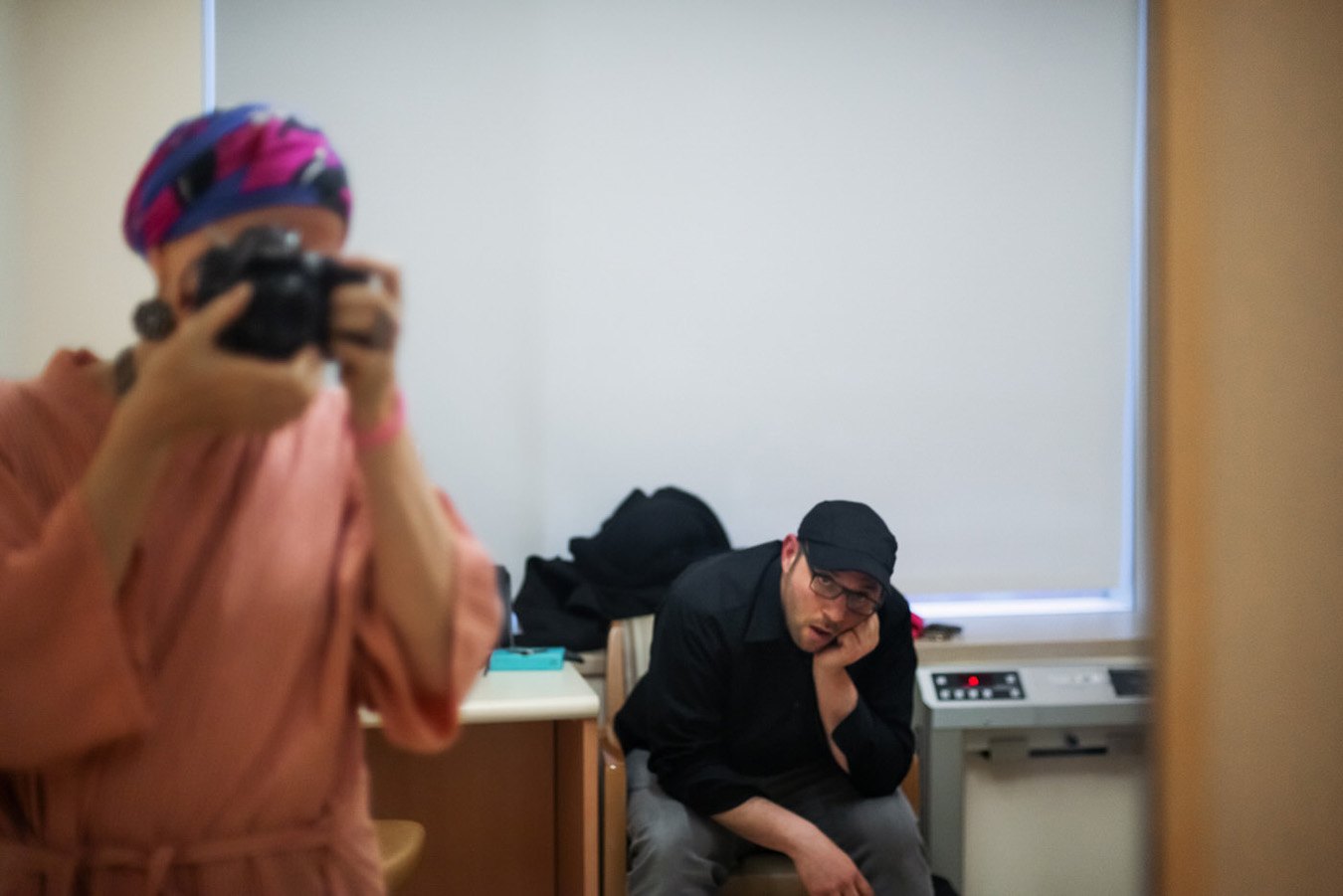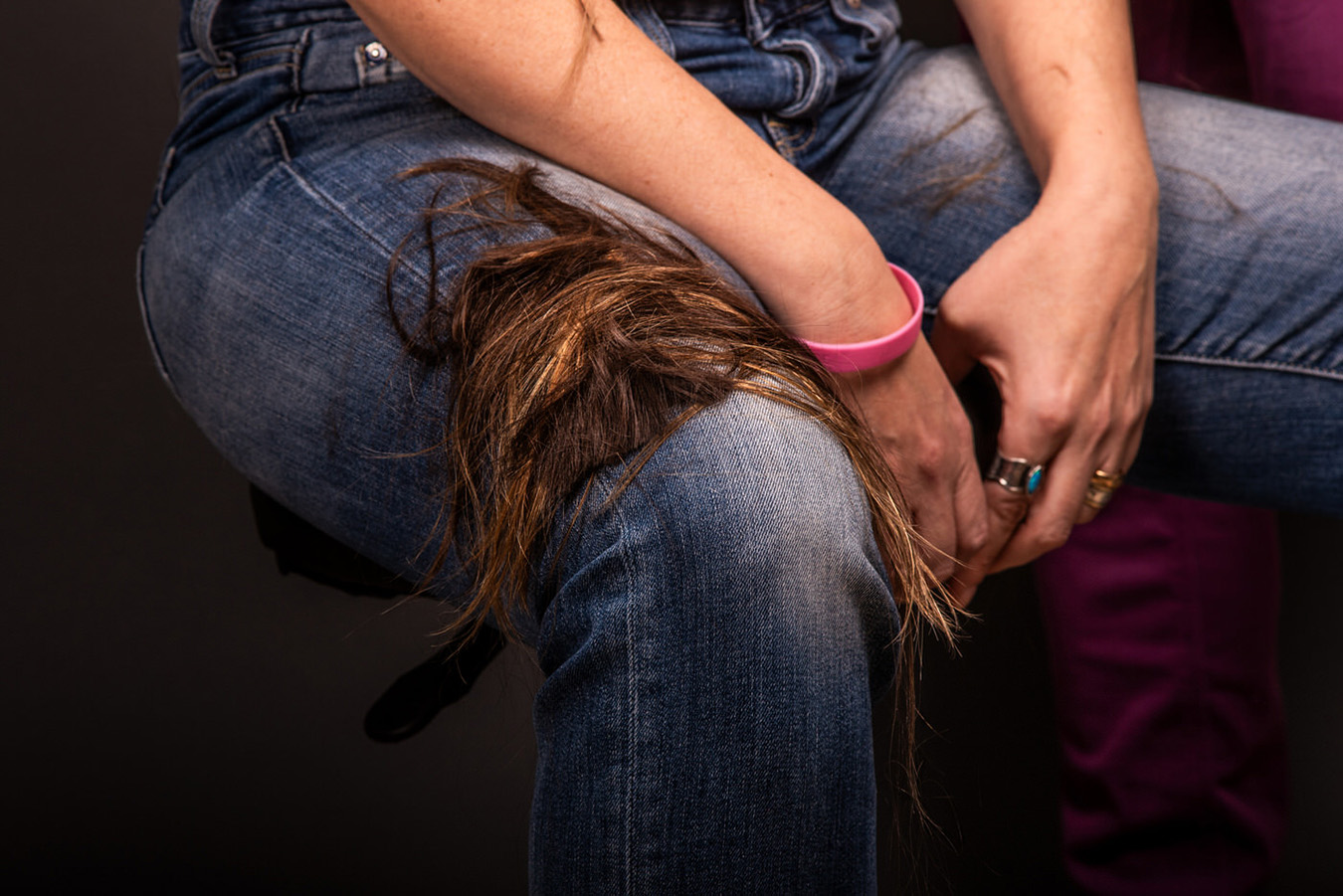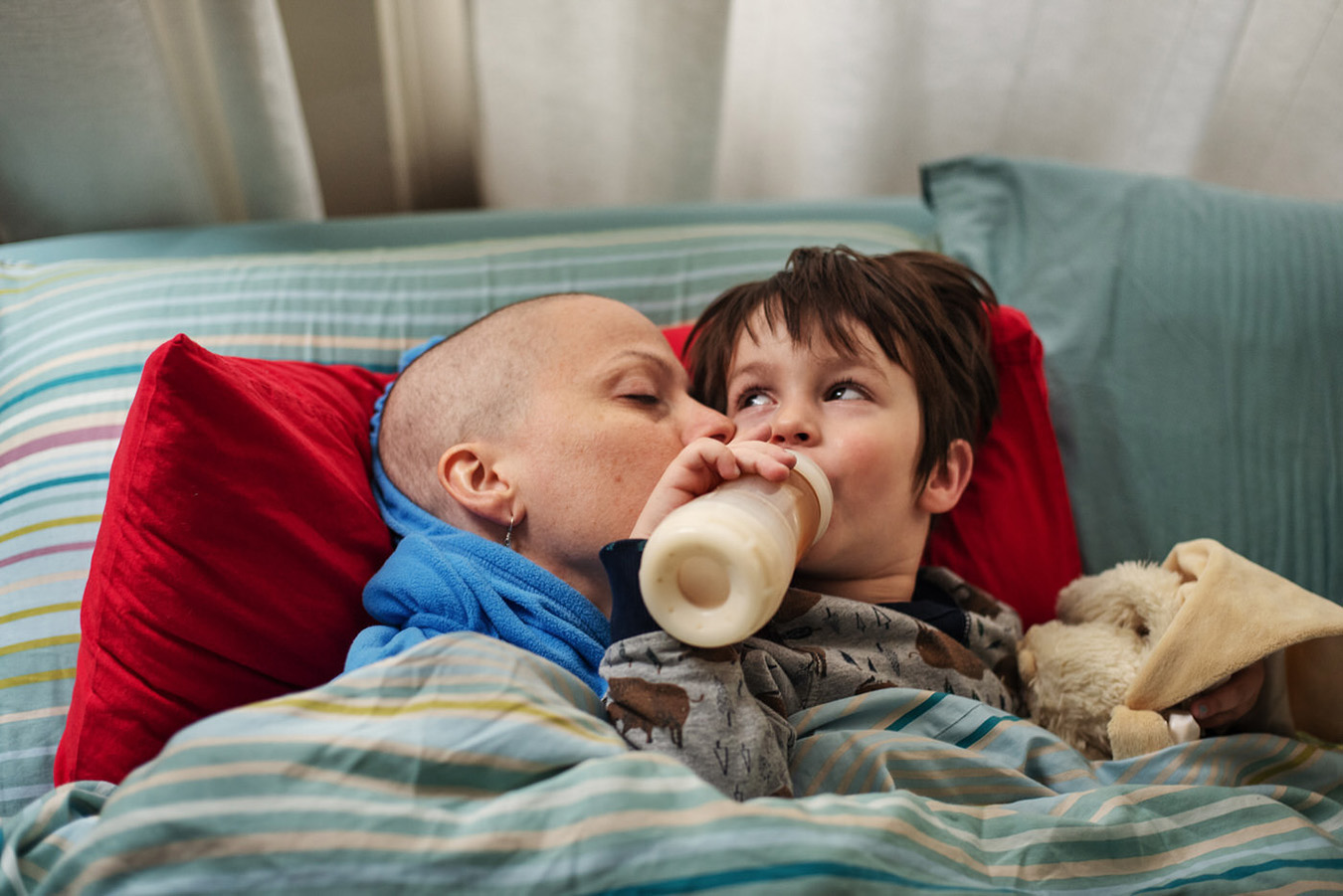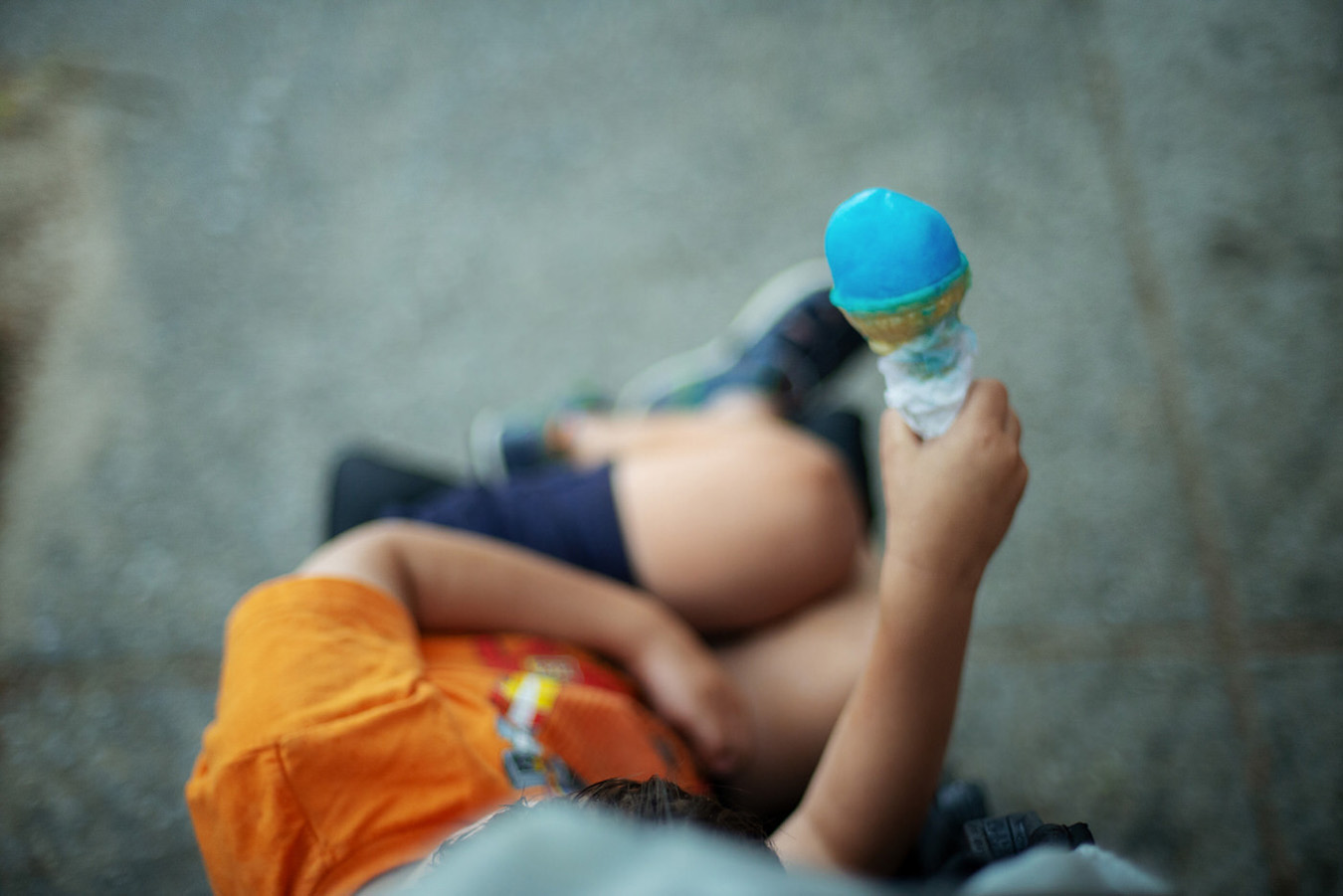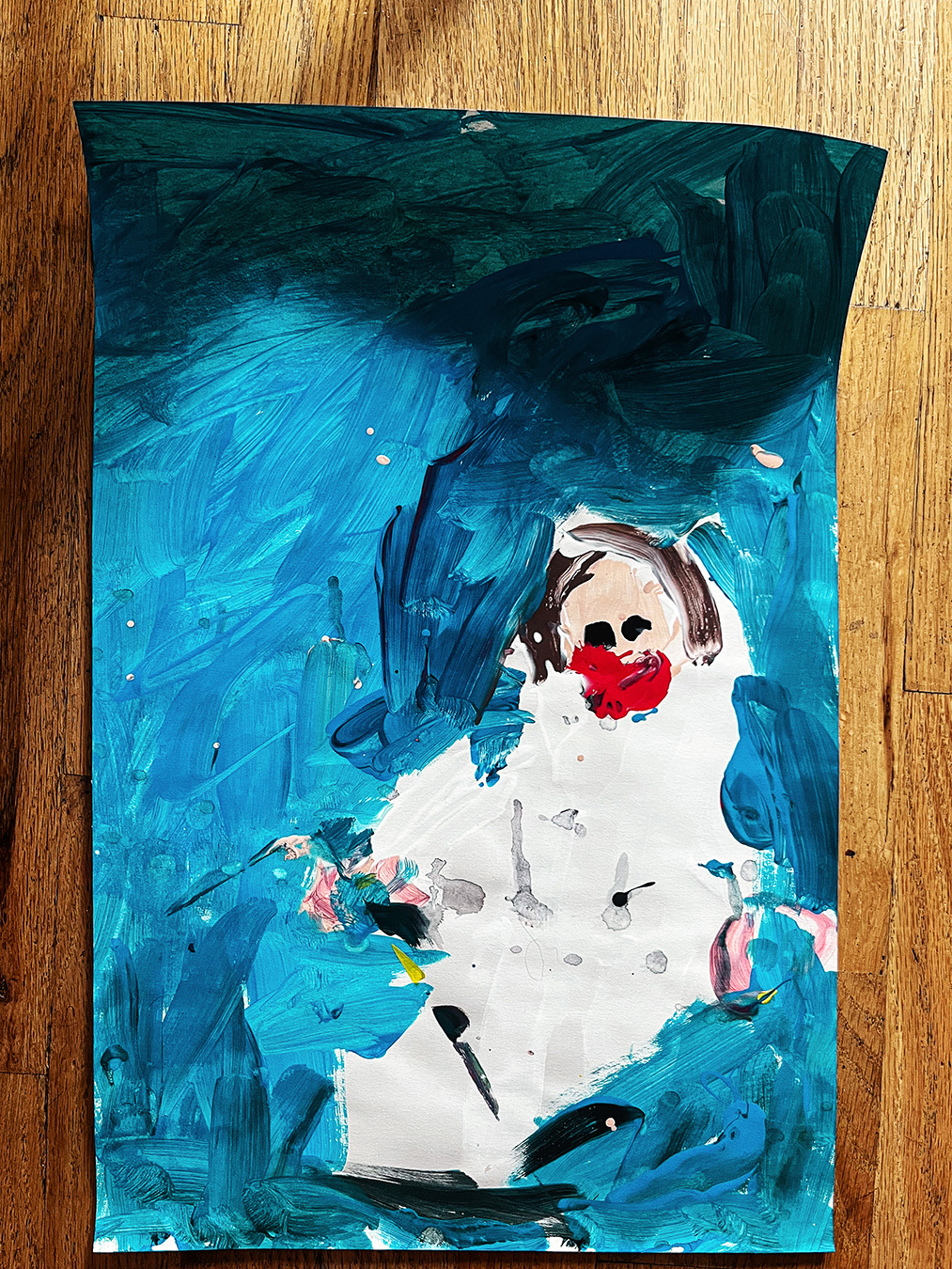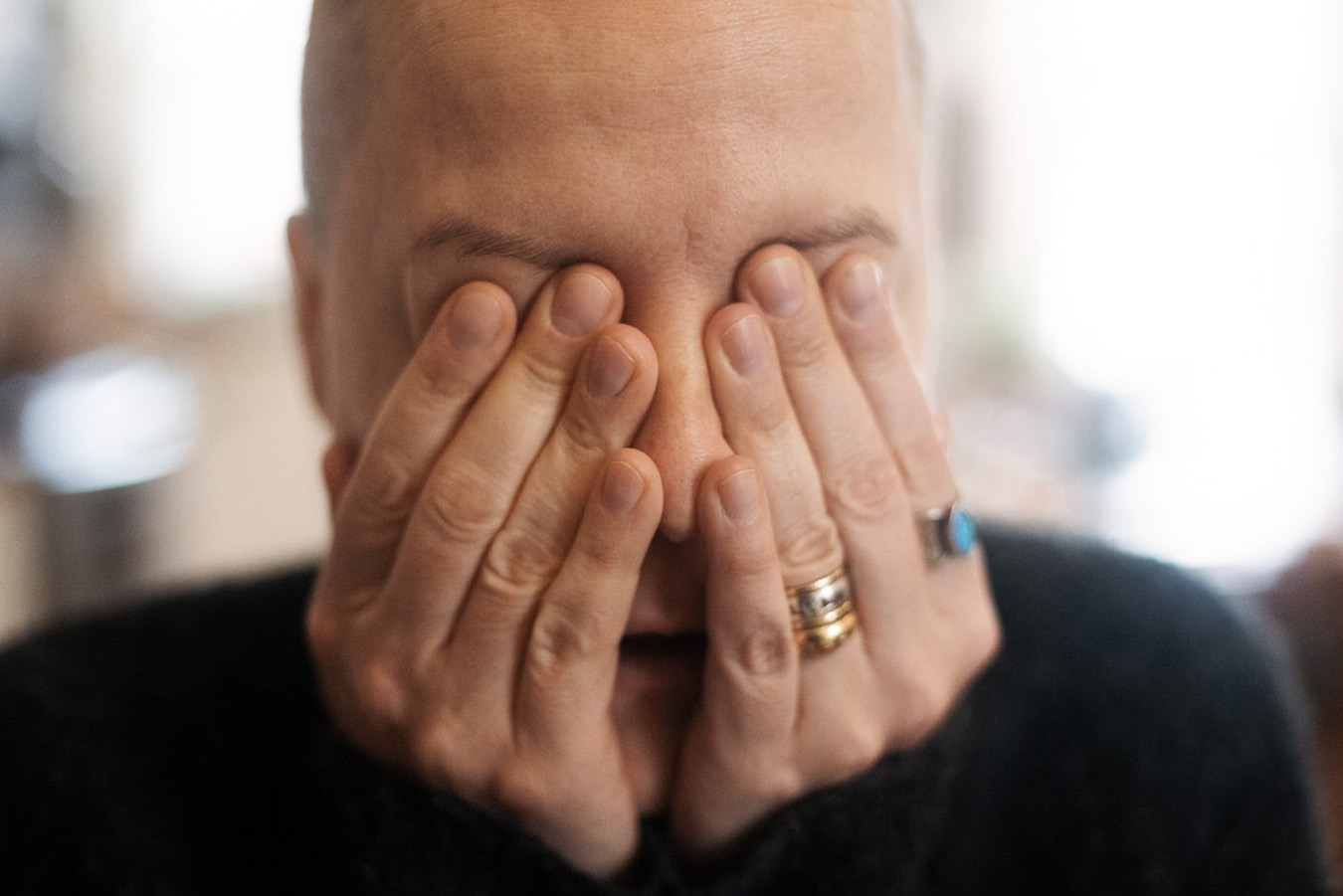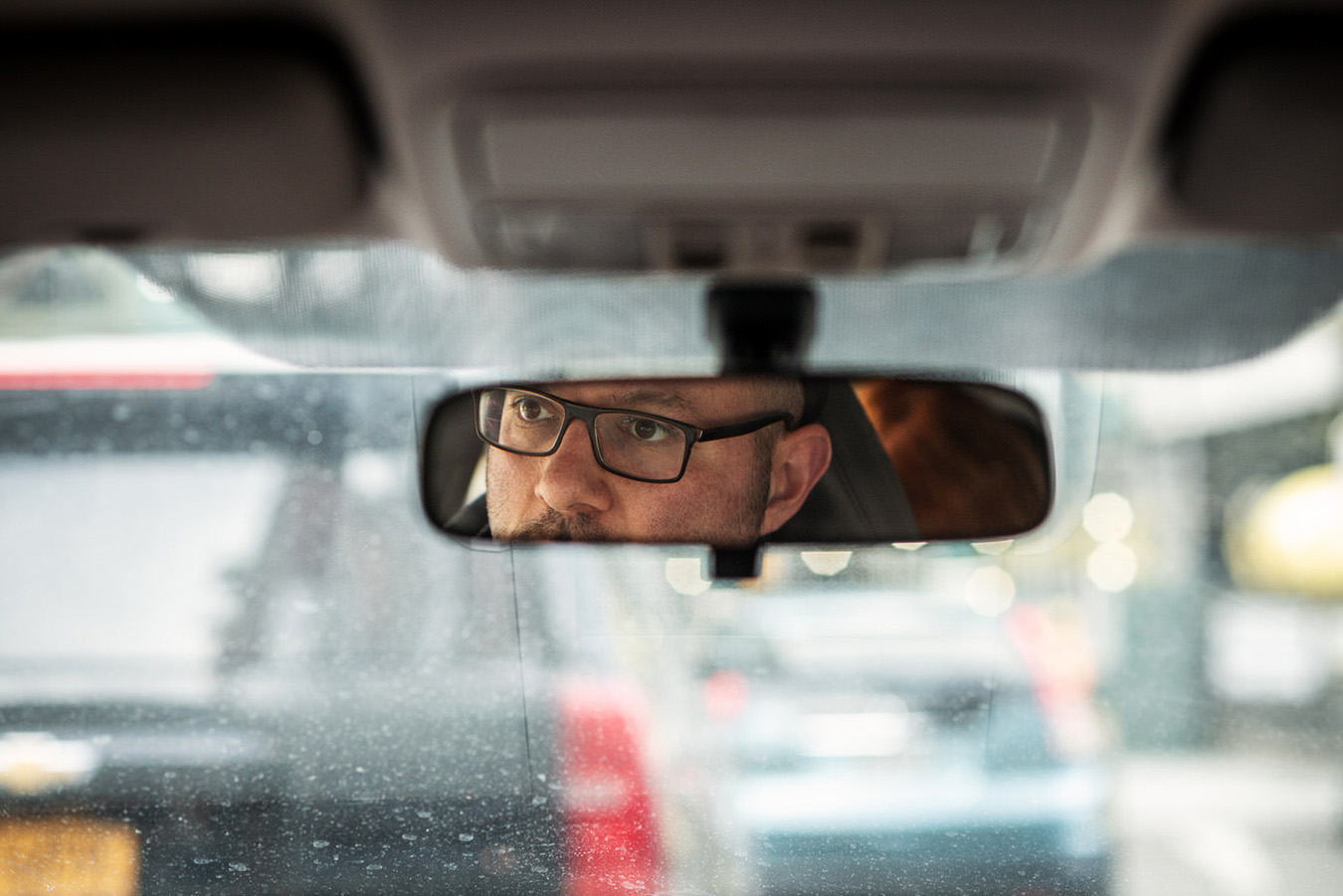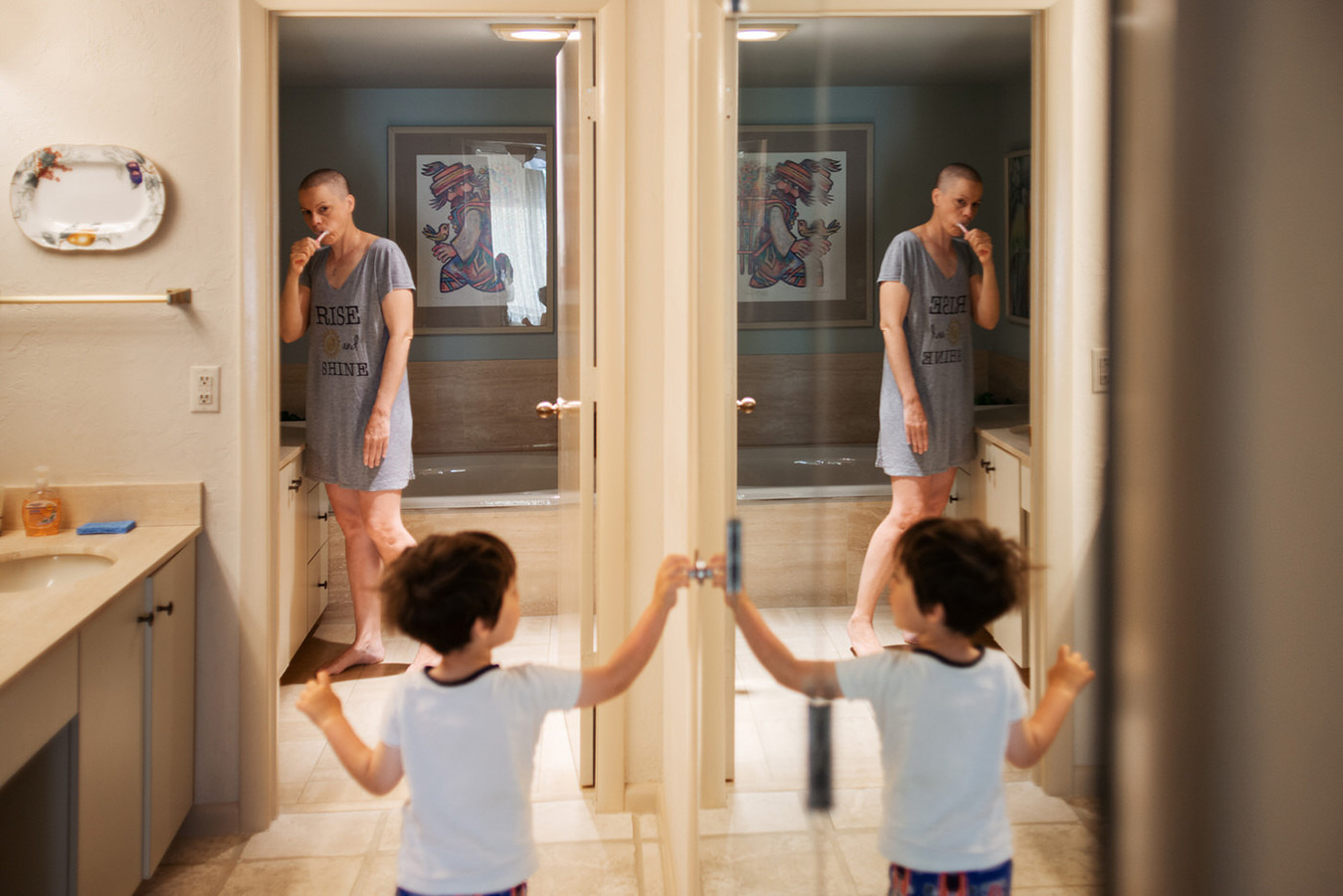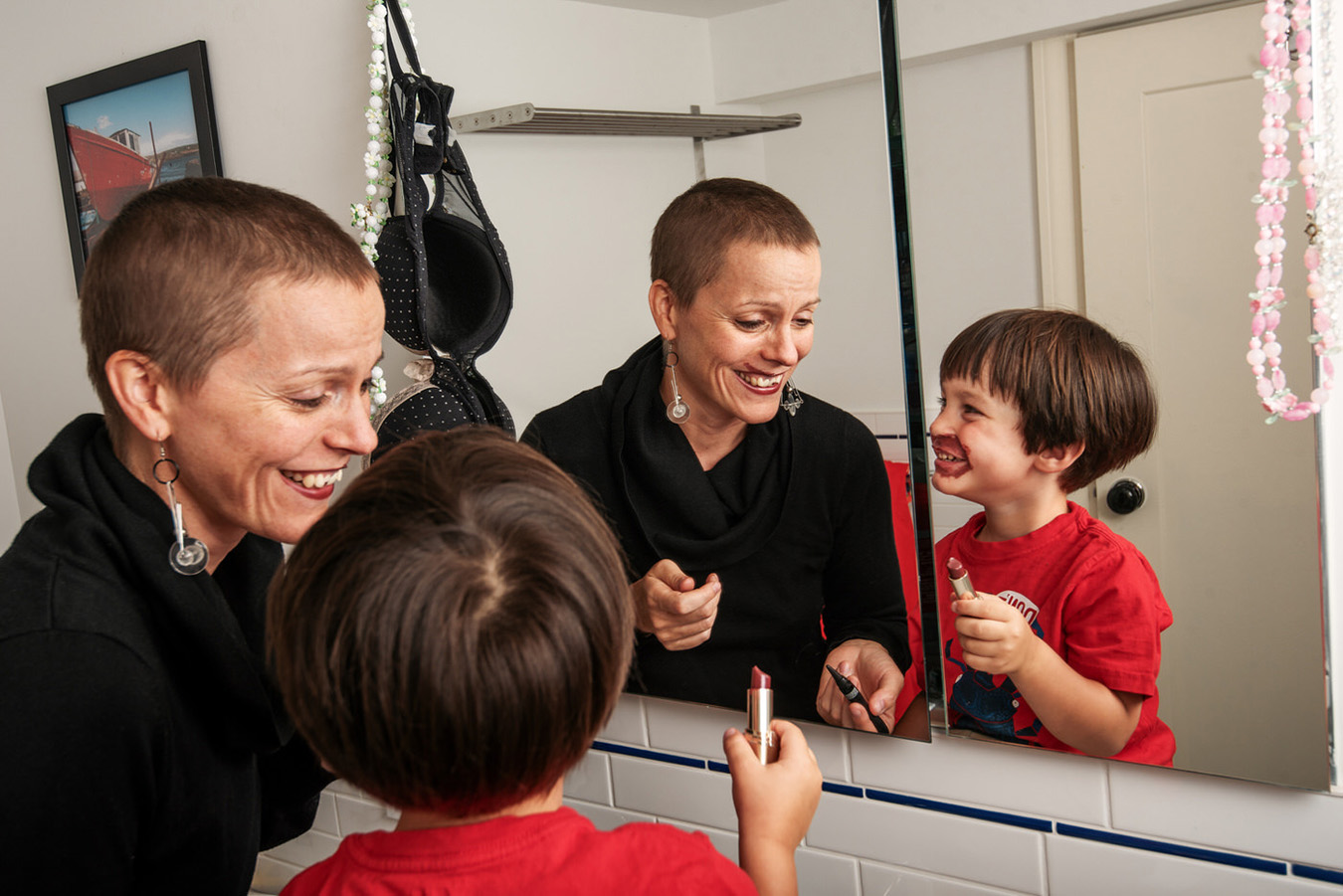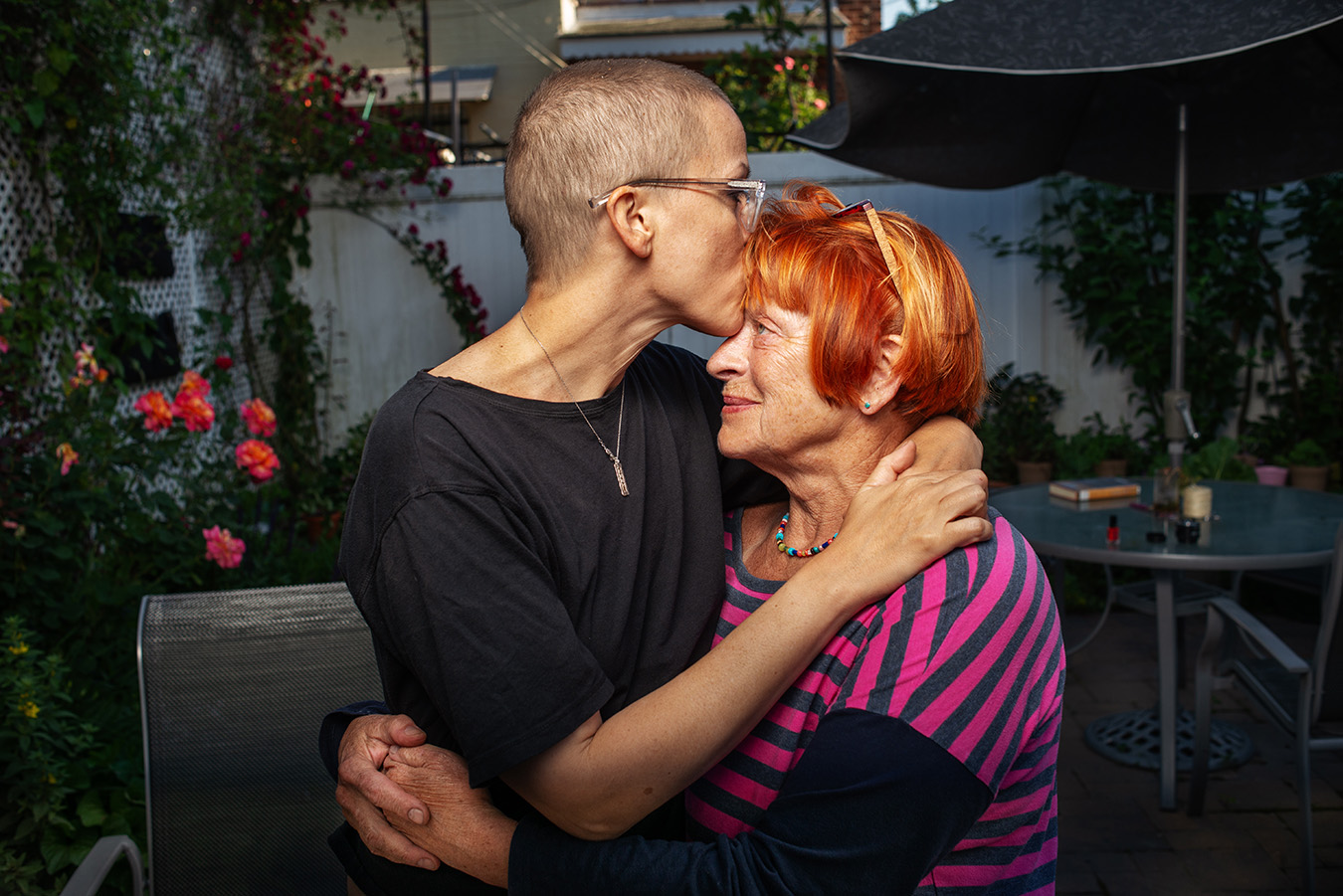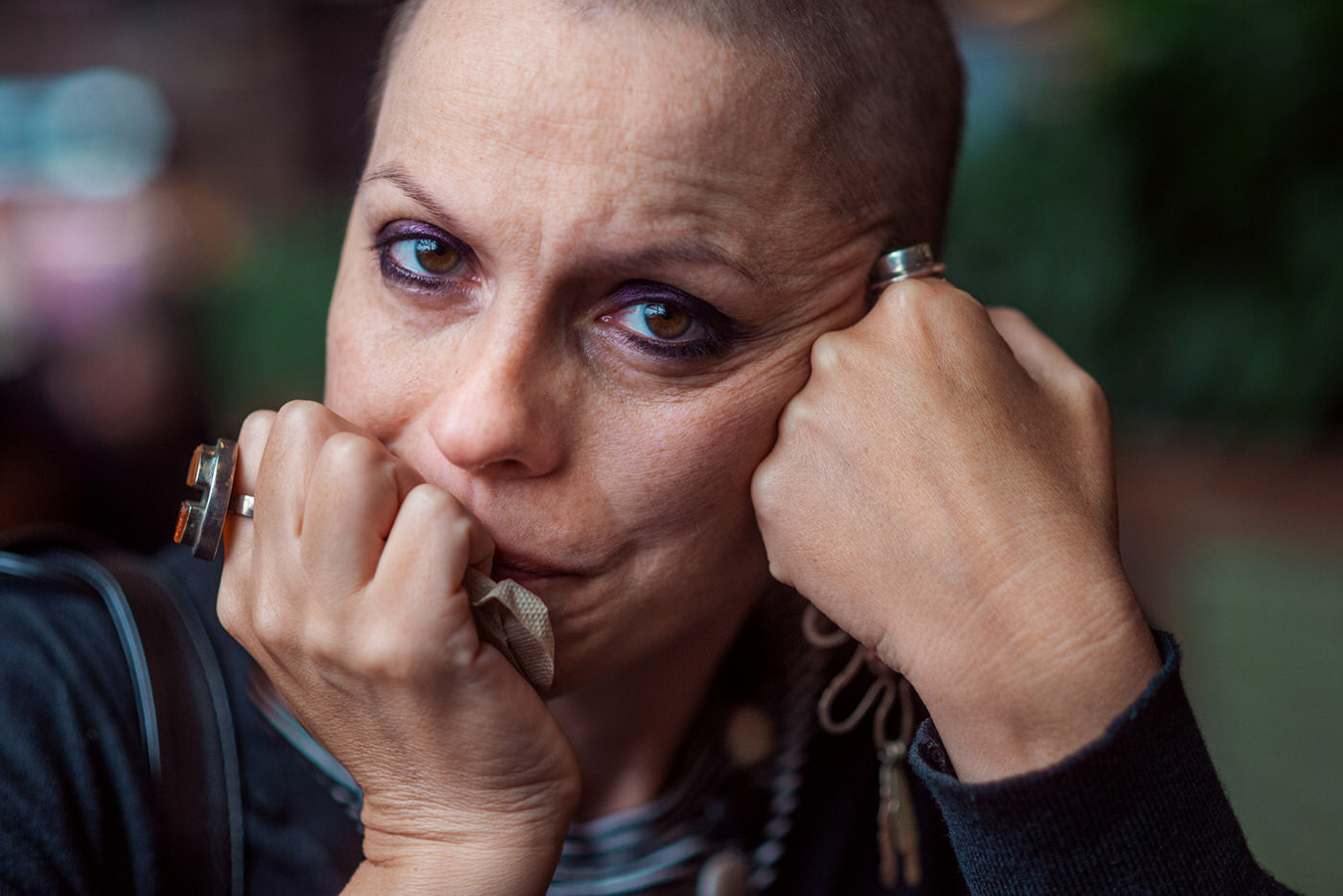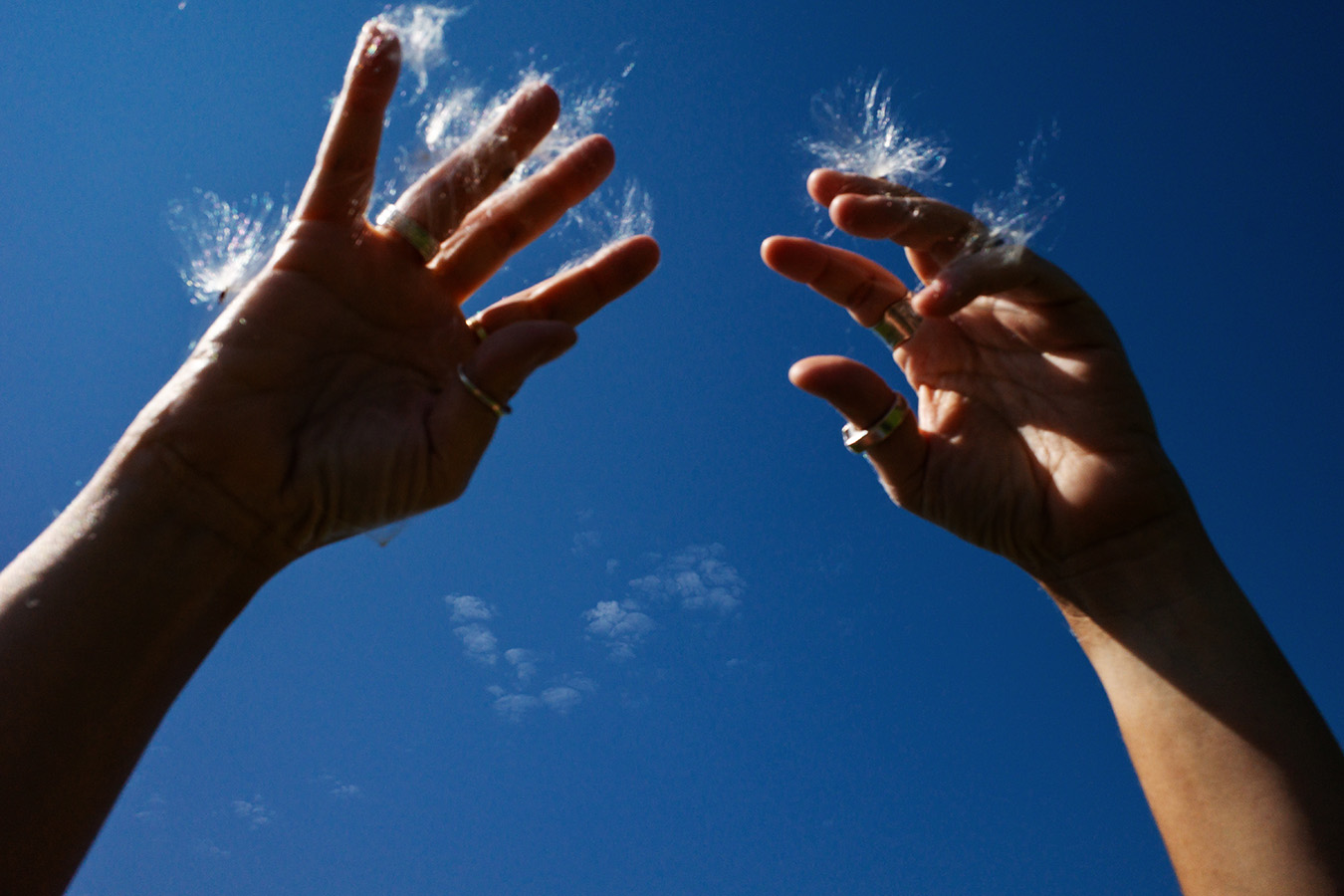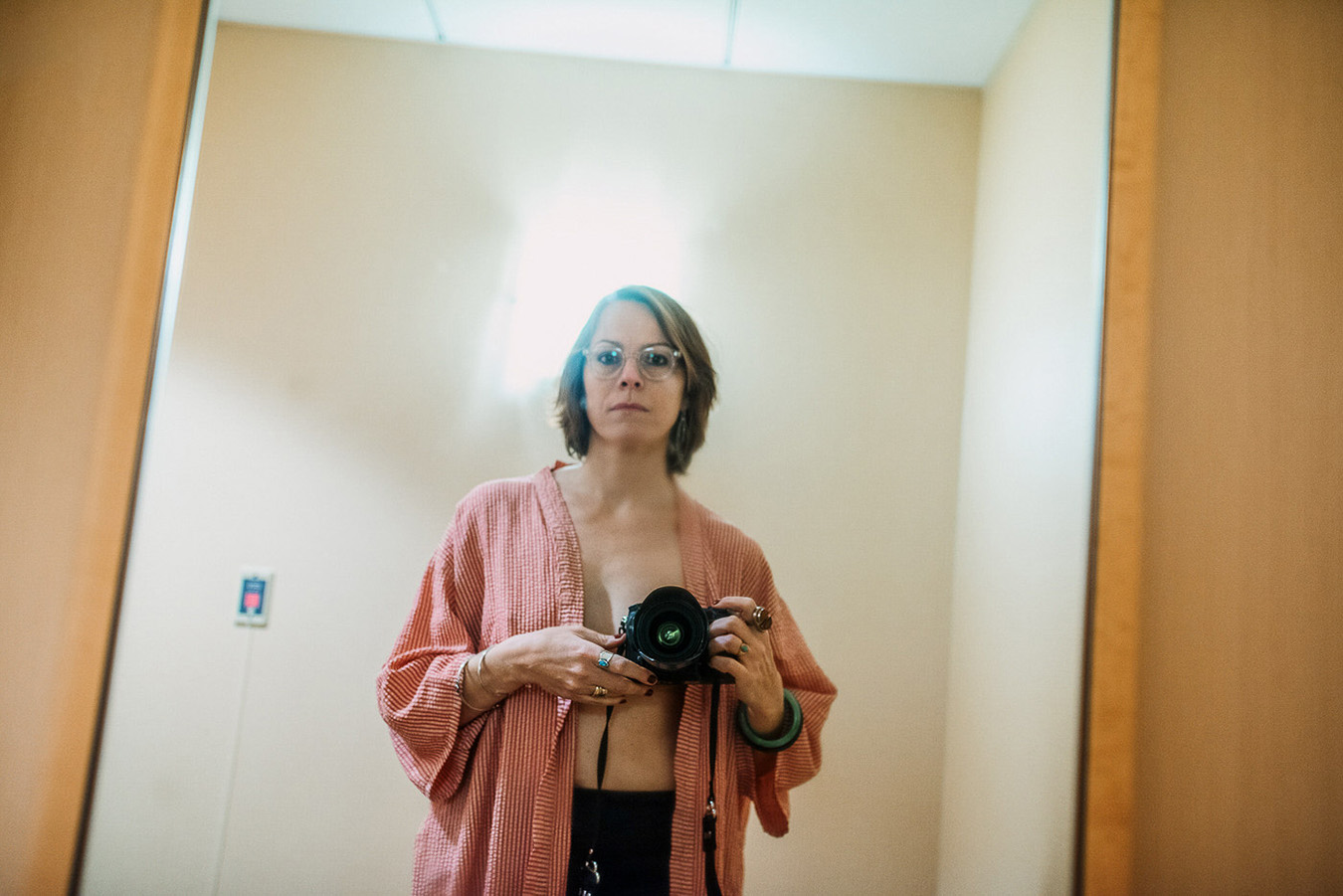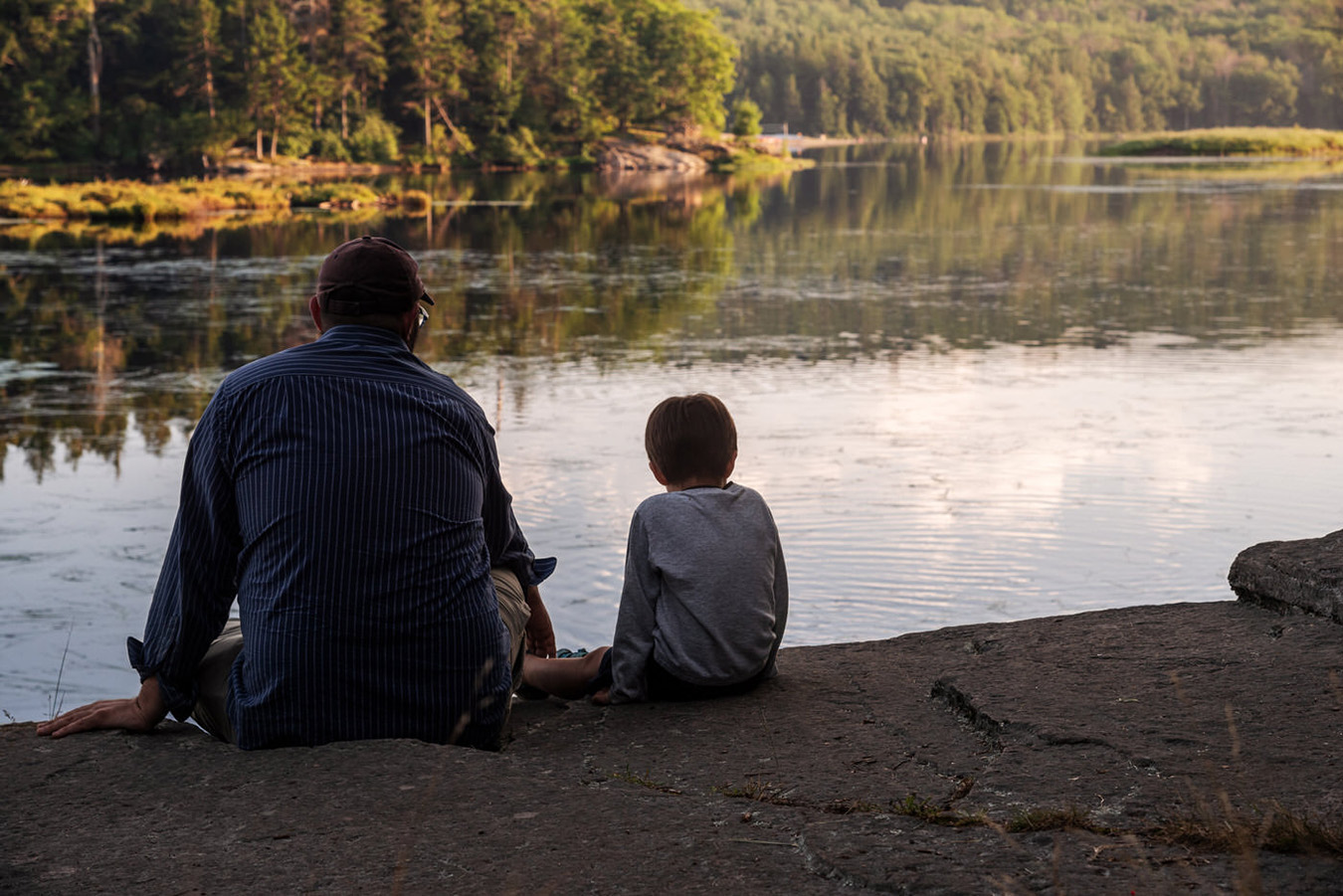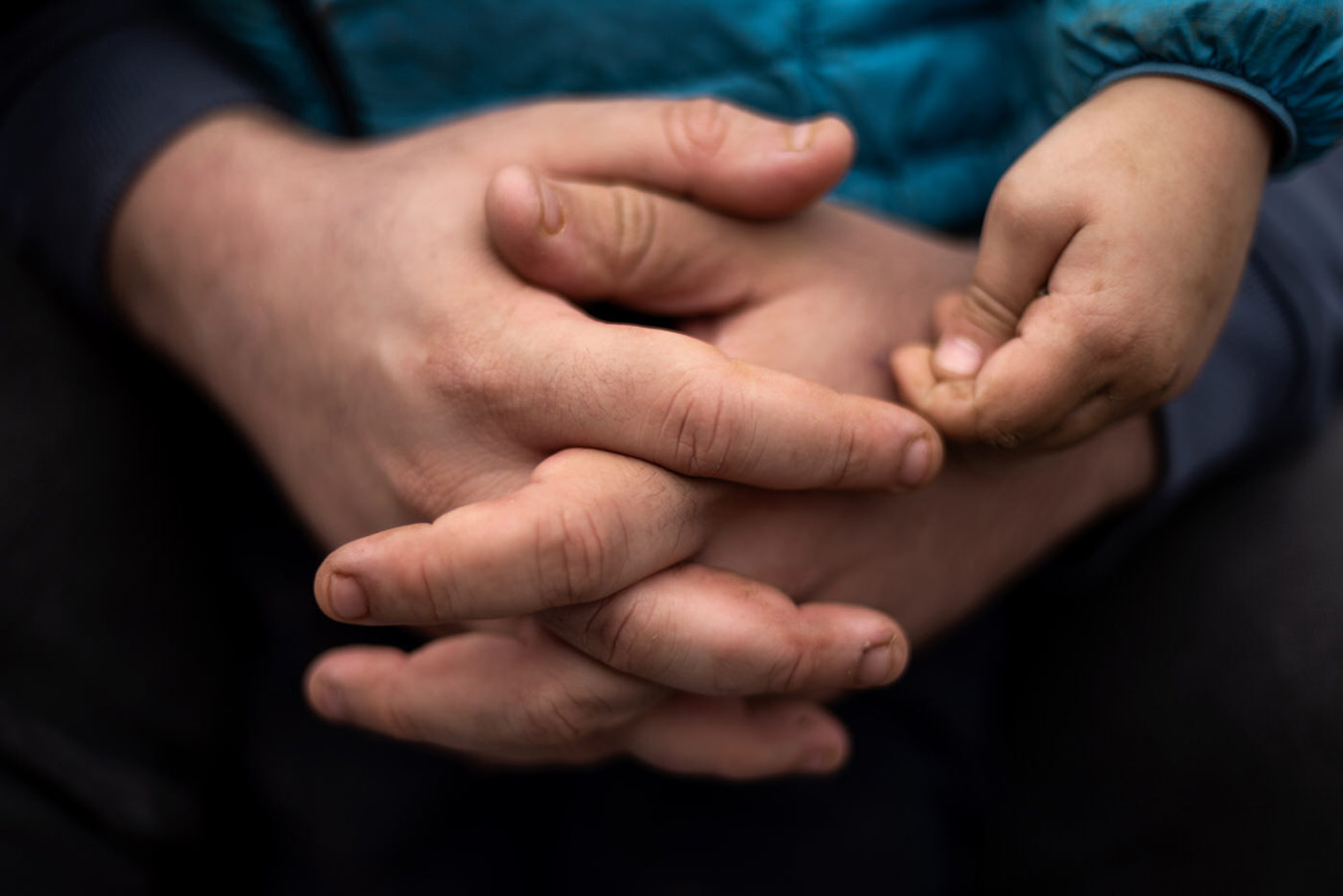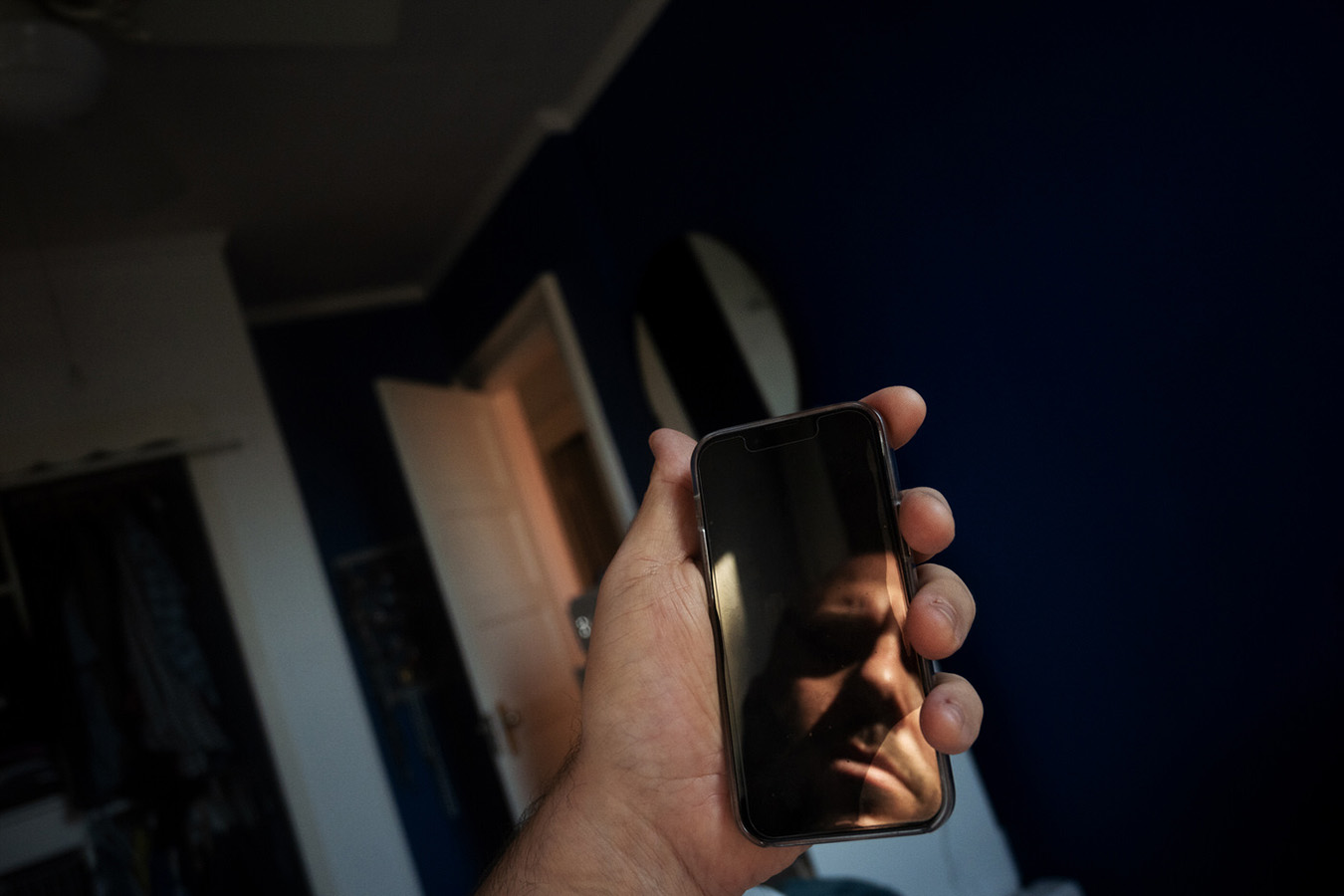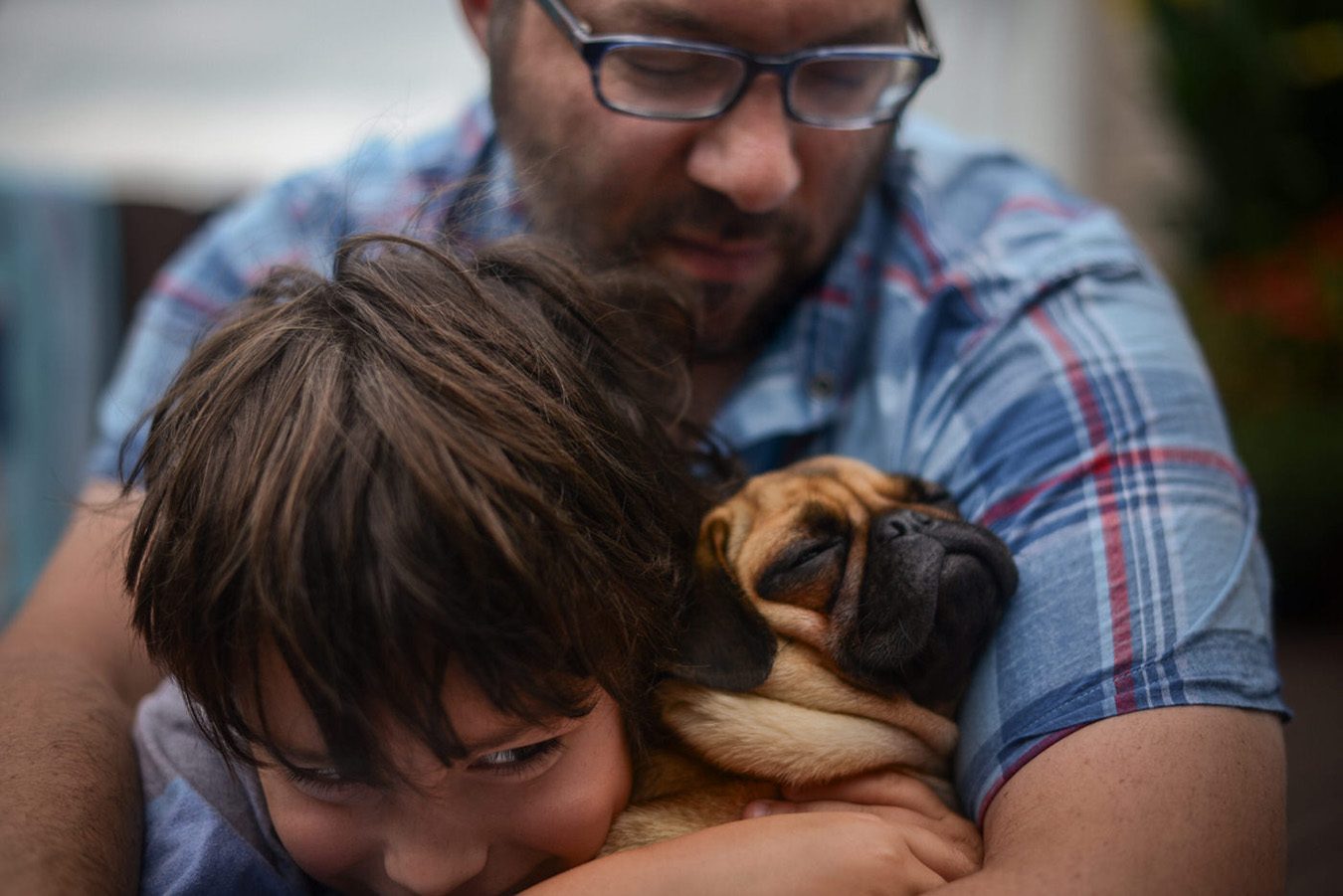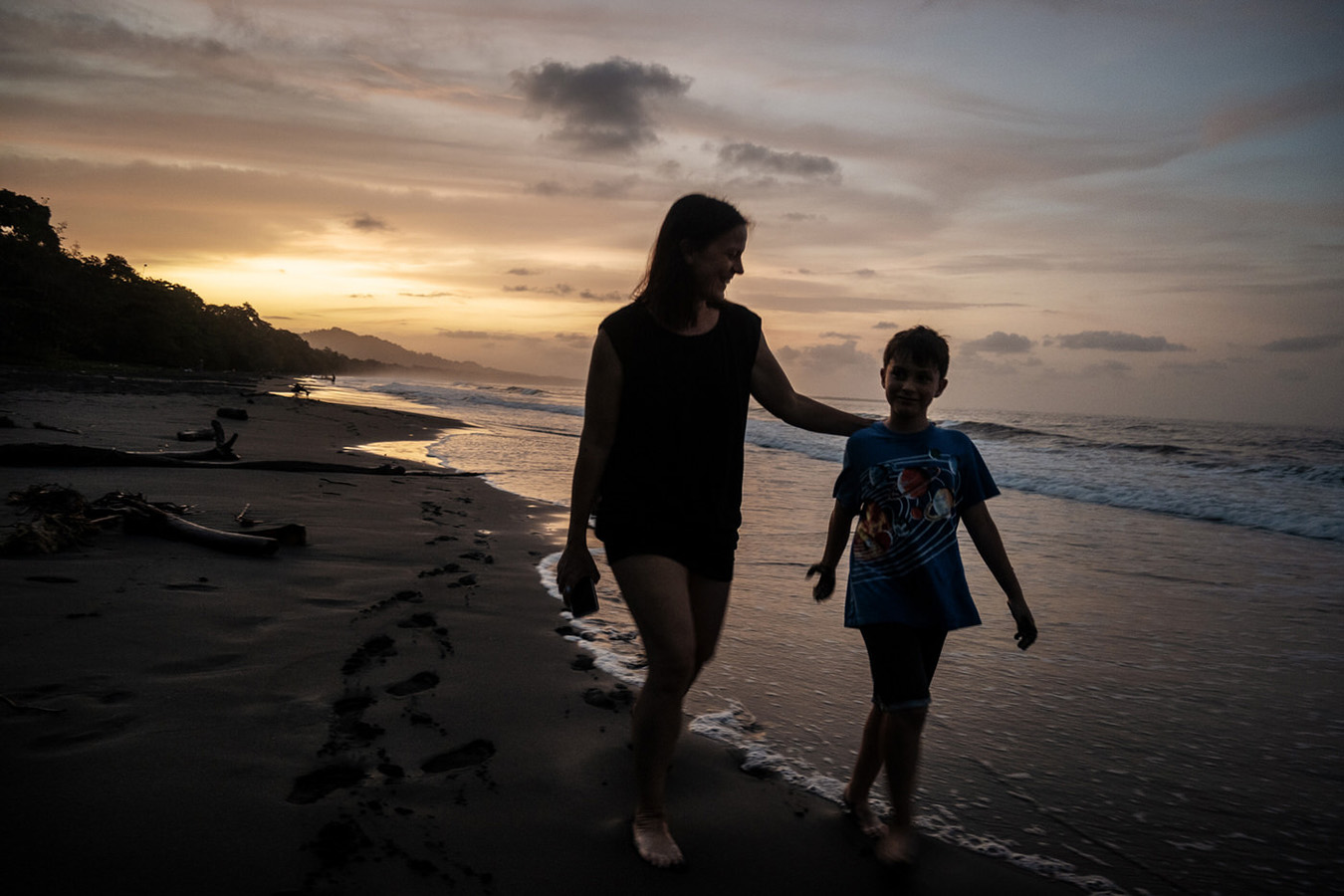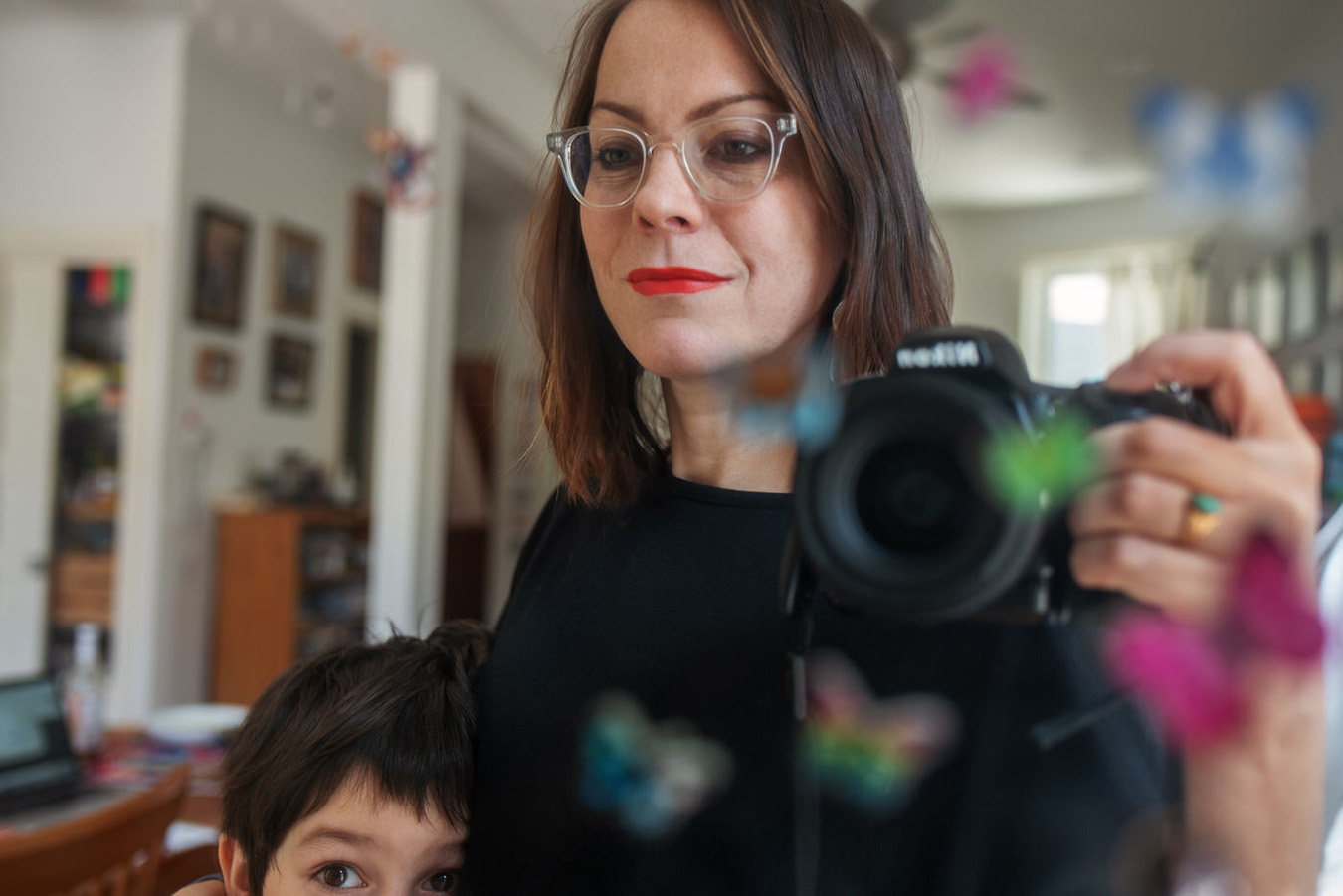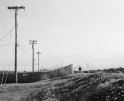Anna and Jordan Rathkopf: HER2: The Diagnosed, The Caregiver, and Their Son
HER2: The Diagnosed, The Caregiver and Their Son, published by Daylight, is a visual and autobiographical book by Jordan and Anna Rathkopf that captures their family’s experience with a cancer diagnosis under the age of 50. Through intimate photography and honest storytelling, it explores the impact of illness on relationships, parenting, and the conversations that often go unspoken..
Surviving and navigating a cancer diagnosis is a shared experience between the patient and the caregiver(s) who are supporting that patient and whose lives are also changed. Yet so much of what is visually represented is a compartmentalized, one-dimensional view tidied up for comfortable cultural consumption. Stories often focus on the early stages of cancer and illness, and “beating” cancer or “losing the fight.” But what about everything in between and the ongoing challenges the Patient/Caregiver community faces while trying to return to a “normal” that no longer exists?
Unable to find imagery that was relatable and authentic about a young family navigating cancer, photographers Anna and Jordan Rathkopf turned the camera on each other and themselves after Anna’s diagnosis at the age of 37 with an aggressive form of breast cancer. HER2is an ongoing visual conversation told through the utterly unique dual perspective of the experience as a husband-and-wife team, showing both the ways in which there is a deep bond in shared survival while also highlighting their parallel, isolated traumas amidst layers of grief and joy. The Rathkopfs’ project includes intimate photographs taken at home, in hospital settings, and with their son, providing a raw look at how a chronic serious diagnosis impacts every aspect of life -relationships, parenting, marriage, work and childhood. These images offer a fuller picture of the emotional and daily realities of illness, from the perspective of the diagnosed, the caregiver and the child, inviting viewers to witness and understand the complexity of survivorship, vulnerability, and resilience.The Rathkopfsrecently received an award from the International Photographic Council at the United Nations for 2024 Photographic Achievement
An interview with the Rathkopfs follows.
Anna and Jordan Rathkopf are an award-winning, multicultural photography and directing team, celebrated for their compelling exploration of empathy, health, and identity. Drawing from their personal experiences—Anna as a cancer survivor and Jordan as her caregiver—their work intimately examines the complexities of illness and caregiving, revealing the profound emotional layers of human connection. Their visuals capture the raw essence of vulnerability and resilience, offering viewers an unfiltered lens into universal themes of distress and finding strength in unexpected places.. With each project, they seek to transcend traditional storytelling, using visual art as a powerful platform for advocacy and meaningful societal dialogue. Visit PCAC.org to learn more.
Instagram @rathkopfphotography
Book: www.her2book.com
https://www.amazon.com/HER2-Diagnosed-Caregiver-Their-Son/dp/1954119380
Nonprofit: Patient Caregiver Artist Coalition (www.pcac.ngo)
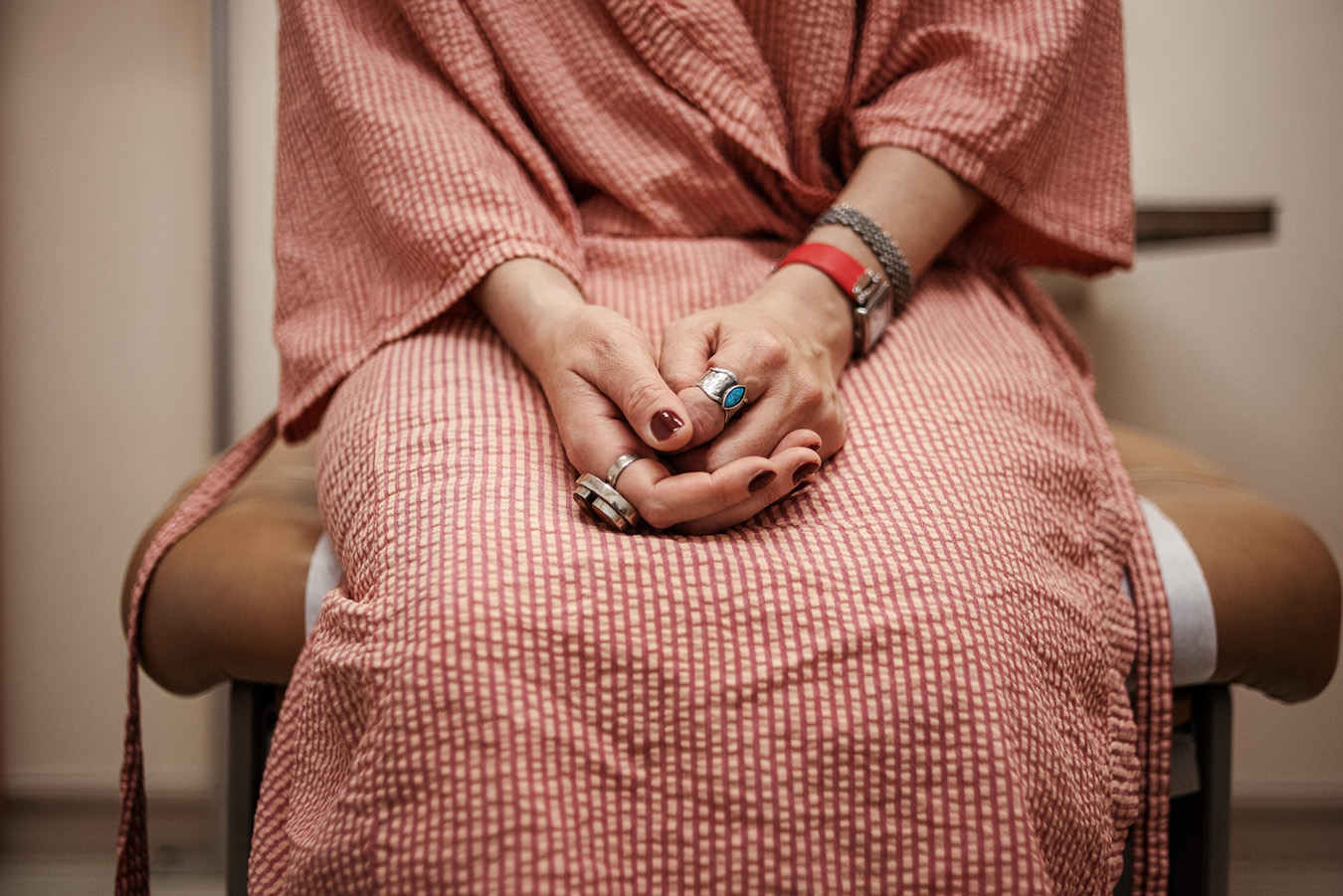
©Anna and Jordan Rathkopf, A photo project documenting the breast cancer journey of a 37-year-old and her family.
Your book is so tender and loving, and I just love your personal statements at the end, which, quite frankly, answer a lot of the questions I was going to ask. But since not everyone will have a copy of your beautiful book, I’ll ask them anyway.
Can you tell me how your book came about?
Anna: After the five-year mark of my diagnosis, my oncologist told me I would be transferred to survivorship care. In the cancer world, five years of survival after a diagnosis without recurrence is considered a significant benchmark. But rather than feeling relieved, I felt scared. I began to realize how many things I had not yet addressed with myself or with my loved ones. The idea of “survivorship” stirred up emotions I couldn’t fully comprehend. I wanted to finally face the experience head-on, to expel it from my body. We had begun a version of this book in 2020 during a workshop we attended in the midst of the Covid lockdown, but it was only about two years ago that I felt compelled to finish it. I needed to create something tangible from our experience–something real to hold in my hands. Something to make these surreal emotions a true part of my life’s journey–our journey.
Jordan: When Anna has a strong feeling about something, I’ve learned to trust her intuition. I tend to be more fear-based in my decision-making, while Anna is often the one in our relationship willing to step outside her comfort zone for certain decisions. I resisted at first and was adamant about not wanting to write anything. But as the book evolved, I realized it was helping both of us process the experience together.
The work is very personal. Was it hard to show what you were making to each other? Did you learn things about each other that you hadn’t been able to reveal while you were in the midst of dealing with illness?
Anna: I didn’t show Jordan most of my photos until a few years later. I kept them in a folder and didn’t even look at them myself. Taking the photos was important–it gave me a sense of control over something–but going back to them was hard. During chemo and after, I was in a constant fog. It was tough to focus; I felt lost both mentally and physically. It’s hard to explain that feeling to others, especially when everyone’s focused on what’s happening to your body. People forget that there is a mental struggle too. Sometimes I found the mental struggles more challenging than the physical ones.
Jordan showed me his photos pretty early on, but I was more private. I wasn’t even sure if I wanted to look at mine. The first time I did was probably about a year after I’d finished the most active part of treatment. I looked at one I took while we were waiting for the doctor, and suddenly I really saw him. I saw how hard it had been for him, how much he had to put aside to just be there with me. It hit me how alone we both were, even though we were together the whole time. That moment took me out of my head. It helped me appreciate everything he went through with me, and I started seeing him differently. Not just how he had been there for me but how much it changed him in the process.
Jordan: Part of what inspired us to collaborate on a book together is that I found a folder on a hard drive with hundreds of images she had been taking that I had never seen. Beautiful, haunting, hopeful, and sad, her images showed me the experience she was having through her own eyes and it had a dramatic change on my understanding of what she was feeling and going through. I did not realize until I saw her photos so much of what was happening in her inner world and I am happy the book helped me discover that.
For me, the writing was probably the hardest part. I felt nervous opening up like that and sharing my writing with her and others. There were some photos I had taken of myself or my surroundings during more depressive periods that I also was not comfortable sharing with her. Throughout the process of taking photos, more often than not, I realized we were not sharing with each other. I would sometimes have friends or colleagues look at photos we were taking, but I only realized once we started making the book that we had not shared directly with each other.
Our cameras allowed us to express our inner worlds without having to rely on verbal communication. Time becomes elusive and abstract when illness comes to your home. Our photographs captured ephemera and fleeting moments of emotion I’d have never seen had we not expressed in this way.
When you were making the work, did you think about it as a book, or did that come later?
Anna: We started documenting each other the day after I found out I had cancer, and for a while, carrying my camera felt like a lifeline. I’d throw it in my bag and think about what I wanted to capture. It helped me feel like myself again, like I was actively part of the conversation around my illness instead of just being carried along by it.
The idea for a book came later. Around five years into survivorship, I realized that even though the medical world had moved on, I hadn’t. I wanted to show that cancer, like any trauma, isn’t just about those few months when your body visibly changes. There’s so much more to the story, and that’s when the idea for the book started to come together for me. It felt like something I needed to do.
Jordan: At first, we started documenting our experience as a way to cope with the chaos in our lives. It helped us process what we were going through. Later, we realized it could be a way to work through issues we were still learning how to process and discuss and that it was helping us feel more empathy toward each other, and in some ways, even toward ourselves.
This project is very collaborative. What is your process like? Do you feel like it’s equal or does one of you have more control than the other?
Anna: I see us as equal partners in this collaboration. After all these years together, we know each other so well, and we’re comfortable being honest about what works and what doesn’t. Working on the book was challenging. It wasn’t easy to merge both of our experiences into a single cohesive story. We were trying to blend two very different journeys, and that took a lot of effort. But in the end, it was incredibly rewarding because it pushed us to open up in new ways and to truly listen to each other.
Jordan: Our process is built on collaboration. It goes back to when we met in Europe nearly 20 years ago. Back then, we shared one camera and often couldn’t remember who took which photo. We have different perspectives, but in the ways that matter most, we see the world similarly. Even now, we have our unique ways of seeing and feeling things, but our styles are still very much in sync. It’s like we share this common vision, this wavelength, that keeps us aligned.
When it comes to control, it’s balanced. We both bring different strengths to the table, and we make decisions together. It’s never about one person leading—it’s about how we complement each other. From taking the photos to putting the book together, this whole journey has been a true team effort. It’s deepened our understanding of one another, especially after everything we’ve gone through.
How has collaborating affected your relationship?
Anna: Working together is like marriage on steroids. You can’t just leave things at the office; you’re constantly navigating both work and life with the same person. We had to learn how to communicate more effectively, especially during tough times. Growing up with an abusive father, I knew from the start that Jordan was different. When we spent months traveling and living in a tent, I realized I’d found someone truly special. And as we faced having our son and dealing with my illness, I saw just how strong he is. Collaborating on projects added a new layer to our relationship, showing me that we can tackle whatever life throws at us.
Jordan: Collaborating has been an incredible experience. Like any relationship—whether personal, professional, or in our case, both—there are a lot of moments when we don’t see eye to eye. But we’ve been able to work through those challenges because of the deep love and trust we share, both as partners in art and marriage.
Have you shown the work to your son? If yes, what was that like?
Anna: Jesse has seen most of the photos we’ve gone through, but navigating that experience has been difficult. We’re trying to shield him from the more graphic images related to my treatment. It’s really hard to talk to him about my illness. We don’t lie to him or hide things; we just try to gauge his understanding. Walking the tightrope of what to share and what might be too much is definitely a challenge.
He was only two and a half when I was diagnosed, so he doesn’t remember much. Instead, it’s like he has muscle memory; whenever I’m sick, he comes to bed with his water bottle and a book, just like we did during those months when I had no energy, and we’d spend our “mommy Jesse” time together.
When he looks at the photos, he tells us which ones he likes, and he usually gravitates to the ones he is in.
Jordan: Our son has seen a lot of the work now. We have tried still to shield him from things that are more graphic and upsetting (photographs of Anna in treatment, mostly), but a lot of what is in the book he has seen. It was hard for us as parents, especially me. My mother had cancer when I was 11, and that impacted me emotionally throughout my life. So, I have wanted to help Jesse understand as best as possible in the hope that it can help him throughout his life in case anything resurfaces. But I can see how much it upsets him sometimes.
On the other hand, he told us it helps him to talk about it, too, even if he says he feels like he needs to cry and doesn’t know why. We can see it makes him deeply nervous, but hiding him from reality would be damaging too. He mostly likes the images we have shared but prefers the ones of himself, especially if it is a photo where he and his mom “look happy.”
Who is your book meant for?
Anna: I want to emphasize that this is for anyone going through a tough time. We wanted to create something that felt missing when we were navigating our challenges as a young family with a small child.
HER2:The Diagnosed, The Caregiver and Their Son is meant for a wide audience, but its core focus is on those impacted by illness—patients, caregivers, and families who are navigating the emotional, physical, and relational challenges that come with a diagnosis. It’s also intended for healthcare professionals, advocates, and anyone interested in understanding the intimate and complex dynamics of illness through a visual and narrative lens. The book aims to foster connection, empathy, and conversation around topics often left unspoken, offering a deeply personal perspective on the experience of living with and caring for someone with illness
It’s not often that I see a photography book with resources at the end. I think that’s brilliant and something I’m going to keep in mind as I work on my first book. So, then the question: do you consider yourself advocates or artists or some combination?
Anna: I love that art has the power to ask questions. I was just ten years old when my country transitioned from communism to democracy, and I still vividly remember my parents telling never to repeat what I hear at home in public for fear of putting my family in danger. That experience taught me that even as a child, one can carry a sense of responsibility that far exceeds their years. My parents always encouraged me to read between the lines, and that’s how I see art—as a means of uncovering those invisible elements that provoke thought and raise important questions.
However, simply raising questions isn’t enough. I believe it’s essential to channel those inquiries into action; that’s when art truly has the potential to create change. So, to answer your question, I view us as artist-activists, committed to not just questioning the world around us but actively working to transform it.
“Art is not a mirror held up to reality but a hammer with which to shape it.” Vaclav Havel
Jordan: I’ve always been drawn to the intersection of art and social change. While studying at Bard College, I spent a semester abroad in Prague, studying Arts and Social Change. I was deeply inspired by how, under an oppressive regime, Czech culture used art and symbolism as a way to cope and resist. That experience left a lasting impact, and I returned to Prague after graduation, which is where Anna and I met. For us, working in advocacy and art has always felt natural.
I’ve found purpose in creating work that can make a real difference in people’s lives, but I’m not interested in one-dimensional projects that feel like they’re all about giving answers or being overly directive. I’d rather create art that raises important questions and sparks meaningful conversations, leading to positive change.
Can you tell me about the non-profit you’ve set up?
Jordan: Our lived experience inspired the creation of the Patient Caregiver Artist Coalition (PCAC), a non-profit focused on using art and visual storytelling to address the emotional and social challenges that patients and caregivers face, especially those impacted by illness. We aim to create a space where the voices and experiences of patients and caregivers are not only seen but truly understood. By offering resources, support, and creative platforms, we want to transform the way illness is represented and discussed in society. Our hope is to foster connection, build empathy, and drive real change through the power of storytelling.
We’re also focused on using our platform to advocate for better survivorship resources and reduce the stigma that often surrounds illness, caregiving, and the emotional burden it carries. Ultimately, we want to blend art with advocacy to help people feel less isolated in their experiences.
I know this is your first book and I’m in the process of working on my own first book. With the benefit of hindsight, is there anything you would have done differently that you think I or others should know?
Anna: I think I would have given us more time. If there’s one thing I underestimated, it was the amount of time we’d need for the editing process. We felt like we had the story mapped out in our heads, but once we started deciding on the direction we wanted to take, it became clear that it was something entirely different. We both realize that this book is just one path in a much larger journey.
Jordan: Trusting your vision is important, but so is asking for help. Having collaborators who understand and support your project can make a huge difference.
It’s hard to say exactly what I’d do differently since the book is just now coming out, and I feel like in a year, I’ll have a clearer perspective. But one thing we’ve learned this year is how much emotional energy it requires. We expected the practical challenges, but I underestimated how deeply this book would challenge me personally on a more emotional level. The amount of intimacy and honesty it demanded from both Anna and me was far beyond what I imagined.
The technical aspects and more creative decisions in any project are the most challenging. One of the biggest lessons for me was realizing how much time and patience the process truly demands, especially with a topic that is so deeply personal. If I could do it again, I’d be more intentional about setting realistic timelines. Everything from the creative process to production and distribution takes longer than expected. For our next book, we already have ideas about production, style, and design.
What’s next for both of you?
Jordan: We have lectures, interviews, and exhibitions coming up in New York from October through December that are directly tied to the book. Patients and caregivers can get all of the news and event details about our public events on our website and social media. We will continue talking about the book and its related themes throughout 2026 across the United States.
We are partnering with medical schools, pharmaceutical companies, and women’s groups to present our work and are engaging in social media and PSA campaigns with partners about the need for policy change.
We have also launched the Patient Caregiver Artist Coalition. We are building a community of artists and visual storytellers dedicated to amplifying the voices of patients and caregivers. Beyond the art, we’re also committed to pushing for legislative change—working to address the gaps in support for patients and caregivers in areas like healthcare policy and survivorship resources. We believe that art can not only foster empathy but also help drive real, tangible change in how we approach illness and caregiving at both societal and legislative levels.
Anna: We will continue making photographs and creating art. One of the exhibitions we are touring includes art installations along with our photos. We will continue to respond directly to people and families who reach out to us daily after they have been diagnosed with cancer and other illnesses under the age of 50 and point them to the Patient Caregiver Artist Coalition for resources we wished we had had early on. Women in the United States have a long history of changing health policy and healthcare practices for the better in the United States. I will continue engaging with the ever-growing Under 50 Cancer community to improve the way in which patients are treated and caregivers are supported.
Thank you so much. It was great meeting both of you in person.
SARA BENNETT is a contributing editor to Lenscratch and a 2024 Guggenheim Fellow (photography).
Instagram: @sarabennettbrooklyn
Posts on Lenscratch may not be reproduced without the permission of the Lenscratch staff and the photographer.
Recommended
-
Andrew Waits : The Middle DistanceDecember 20th, 2025
-
Photography Educator: Juan OrrantiaDecember 19th, 2025
-
Aaron Rothman: The SierraDecember 18th, 2025
-
Eli Durst: The Children’s MelodyDecember 15th, 2025
-
Paccarik Orue: El MuquiDecember 9th, 2025

